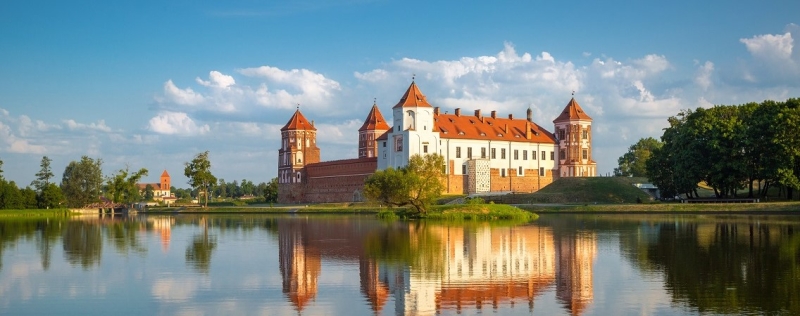
Now the Republic of Belarus is the most accessible foreign destination in Europe for Russians. You do not need a visa to travel, and at the border you just need to present your Russian passport. At the same time, western Brest and Grodno are very similar to neighboring European cities. The bonuses of the trip will be delicious national cuisine, beautiful nature with blue lakes and dense forests and an endless number of cultural and historical attractions. We have prepared a guide to the most interesting places in three Belarusian cities.
Minsk
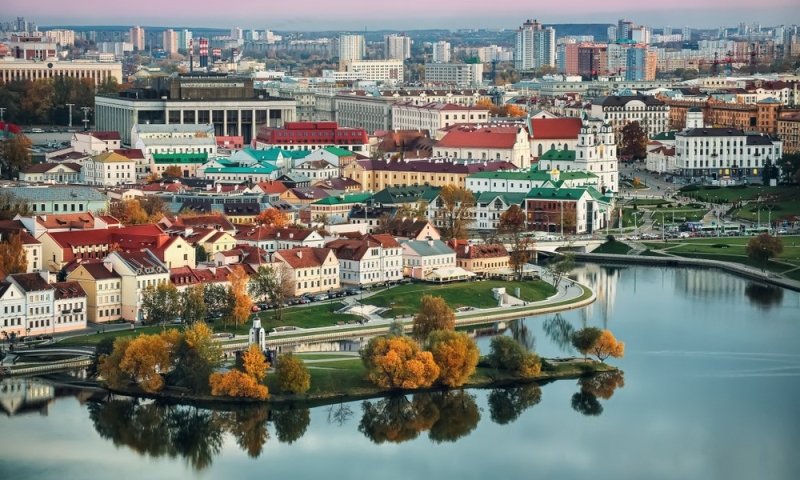
The capital of Belarus was first mentioned in the “Tale of Bygone Years” in 1067. Over its almost thousand-year history, Minsk experienced periods of prosperity and decline, was the rich capital of the principality and an inconspicuous provincial province. But during the war years of the last century, most of the city was wiped off the face of the earth, so the newly rebuilt Minsk looks young, and many architectural monuments are new.
Start your acquaintance with Minsk with a walk along Independence Avenue. This is the central street of the city, 15 km long, around which most of the main attractions of the Belarusian capital are located. Many of the buildings on the avenue are monuments to the Stalinist Empire style, and one of the most striking examples can be seen in the heart of the street, on Independence Square. The largest public building of the Republic is located here – the Government House, which was built in the 1930s and miraculously survived the war.
Walking along the avenue, look at the architectural religious monuments: the Red Church of Saints Simeon and Helen, the Church of St. Roch and the Church of Alexander Nevsky. And on the square near the National Library, visit the observation deck, from where you can see Soviet mosaics on the buildings of the avenue, spills of the Slepyanskaya water system and new areas of the city.
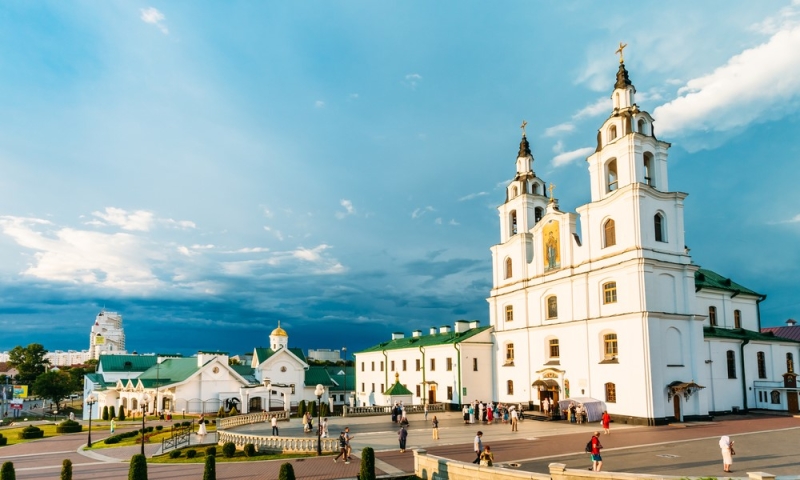
To plunge into the atmosphere of the 19th century, go to Freedom Square near the Nemiga metro station. This is the historical center of the city, where you can easily feel the European spirit. Here is the main Orthodox church of Minsk – the Cathedral of the Descent of the Holy Spirit, as well as the Minsk City Hall and the Catholic Cathedral of the Virgin Mary in the Baroque style.
Include a visit to the Trinity Suburb in your route around Minsk. This small area on the banks of the Svisloch River has been restored to resemble European streets. Several ancient houses have been preserved here (for example, the Tsitver factory building and the Vigdorchik house), and there are art galleries, literary museums, restaurants and souvenir shops. For atypical locations, go to Oktyabrskaya Street, the Traktorostroiteley district or Osmolovka, where you will see a different Minsk with low-rise yellow houses, factories and loft spaces.
Once in Minsk, you definitely won’t go hungry. The dishes in the restaurants are hearty, tasty and varied. Try draniki, dumplings and other potato variations of dishes, cold soups and warming zurek, and for dessert kulagu or nalistniki. Traditional drinks that are found on the menu of many establishments are soft sbiten and strong tincture “Krambambulya”.
How to get there: by plane or train from Moscow to Minsk.
Where to stay: in the five-star Europe Hotel – from 9,000 rubles per room*, in the three-star Hampton by Hilton Minsk City Center hotel – from 5,100 rubles* per day or in the Hostel Urban hostel from – 900 rubles* per night.
Brest
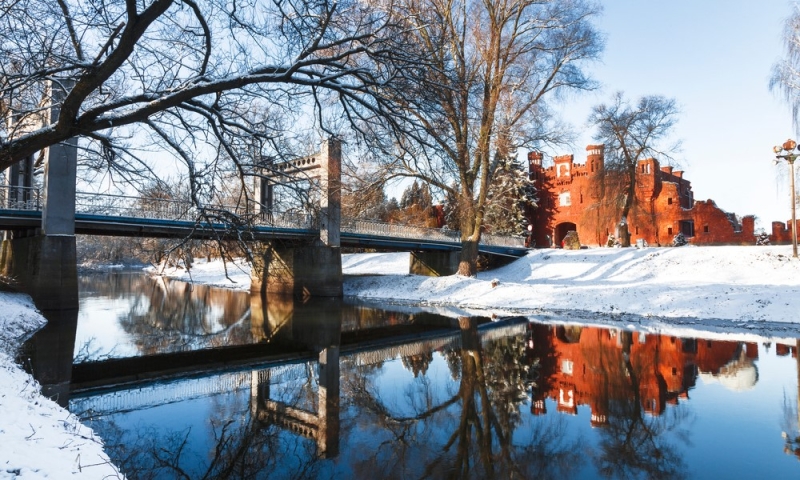
The southwestern city of Belarus celebrated its millennium in 2019. Over the course of its long history, the country’s oldest settlement has more than once become part of different states, taken part in military battles, been destroyed and rebuilt. And today in Brest you can see monuments from different eras – fortifications, imperial, Polish and Soviet buildings.
Start your acquaintance with the city with its main attraction – the Brest Fortress. It was built in the middle of the 19th century as a protective western gate of Belarus, and in 1941 it took on the attack of German troops. The modern territory of the fortress is a large memorial complex, which houses museums and exhibitions dedicated to the years of war and the defensive fate of Brest. Next to it is the famous 13-meter sculpture “Thirst”, which reminds of the difficult fate of the country.
Once in Brest, take a walk along its main pedestrian street, Sovetskaya, which locals call the Brest Arbat. It stretches 2 km along the historical center to the embankment of the Mukhavets River, and along the way you will meet pre-revolutionary buildings, St. Nicholas Brotherhood Church and modern sculptures, for example, the monument to the “Millennium of Brest” and the “Old Lantern”. By the way, a tradition has been preserved here when the lamplighter lights the kerosene lamps inside the street lamps every evening and extinguishes them in the morning.
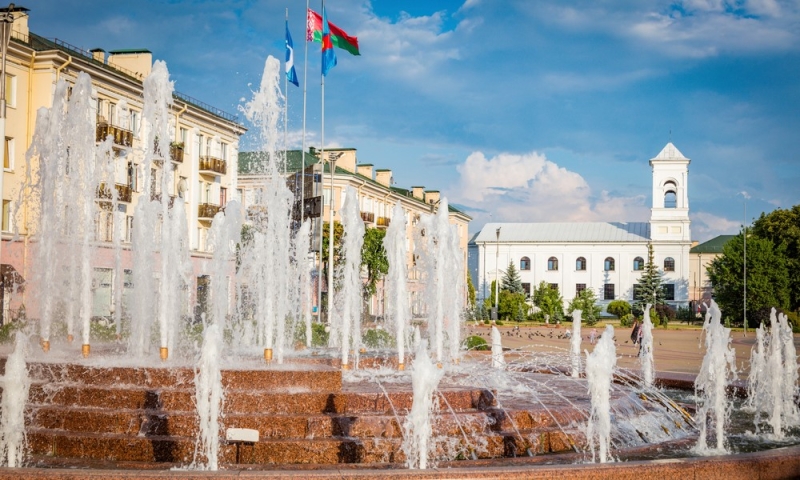
Include a visit to the unusual Museum of Saved Valuables in your cultural program in Brest. For many years, within its walls they collected exhibitions of antiques, luxury items and art, which they tried to illegally export abroad. Here you will see antique Japanese faience, paintings by Aivazovsky and silk paintings. And for beautiful nature in Brest, you can safely go to the Winter Garden, under the dome of which plants grow in three zones at once – tropics, subtropics and desert.
You can get acquainted with the entire palette of Brest architecture on the streets of Komsomolskaya, Levanevsky and 17 September. The buildings and ancient courtyards built from the mid-19th century and the pre-war period have been preserved here. Most of the streets resemble a European corner, since construction on them took place at a time when the city was part of the Polish Republic. An unusual attraction of Brest, where you can fully immerse yourself in the atmosphere of life of the local population, is the Central Market. In the building under a huge dome, which looks more like a circus, they actively sell sauerkraut, lard, homemade dairy products and delicacies.
In local restaurants, the menu often includes traditional dishes of Belarusian, Ukrainian and Polish cuisine. Try fried potatoes with wild mushrooms, dumplings with different fillings, or Belarusian burgers, where the usual bun is replaced by crispy potato pancakes, and pickles are replaced by sauerkraut. Drinks on the menu include different types of kvass, mead or strong horseradish and krupnik.
How to get there: by train or bus from Minsk to Brest.
Where to stay: in the four-star Hermitage hotel – from 7,000 rubles* per room, in the three-star Vesta hotel – from 3,100 rubles* per day or at the Intourist Hotel – from 9,000 rubles* per night.
Grodno
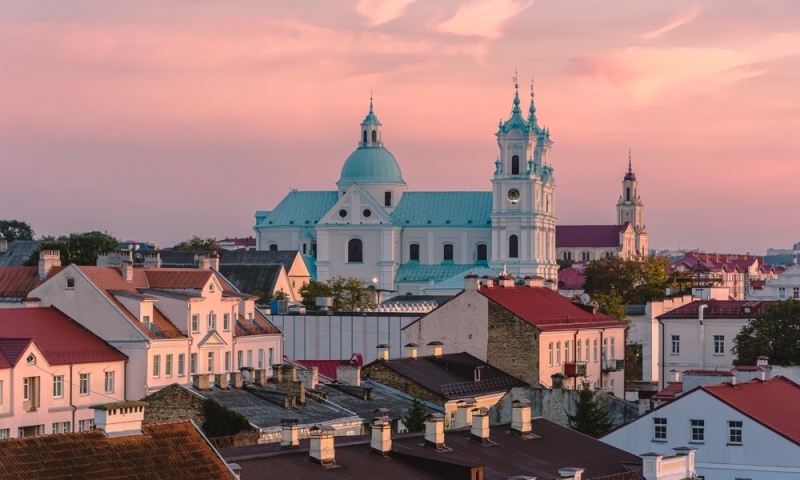
The city was founded in 1128 in the west of the Republic of Belarus near the borders with Poland and Lithuania. Initially, it was a small fortress-castle, inside which there were shopping arcades and residential areas. The ancient city was destroyed more than once during battles and rebuilt again, and at different times the settlement was part of Lithuania, Poland and the USSR. Today Grodno is the cultural capital of Belarus, work is actively underway to restore its historical appearance.
Start your walk around the city from the pedestrian Sovetskaya Street, which has been perfectly preserved since the time Grodno became part of the Polish Republic. The roads on it are paved with ancient paving stones. Almost all the buildings on Sovetskaya are architectural monuments built between the 15th and 19th centuries. Now they house restaurants, cafes and other atmospheric establishments, so the street can safely be considered the gastronomic artery of the city. Walking here, it seems that you are in a small European town, among bright buildings in the Art Nouveau and Neoclassical styles with beautiful decorative elements, souvenir shops, holiday fairs and performances by local musicians.
To get acquainted with the history of the city and visit the most ancient place in Grodno, go to the Old Castle. The first mention of the building dates back to the 11th century, and over such a long history the castle acted as a defensive structure, the main residence of a prince, a royal palace, a warehouse for storing weapons and even a prison. Recently, one of the stages of restoration was completed here – the fortress wall with a gallery and medieval towers were restored, and a historical museum was opened inside the castle. As a bonus, you can get to the best observation deck in Grodno, from where you can see the Old and New castles, churches, churches and the Neman River.
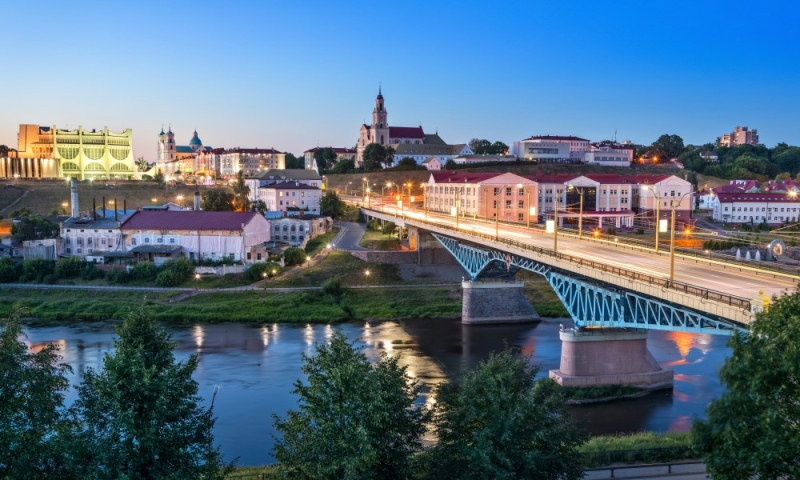
Grodno is often called the capital of Belarusian Catholicism, and religious monuments occupy a special place in the history of the city. The most beautiful buildings are the Kolozha Church of the 12th century, the Lutheran Church in the neo-Gothic style and the Cathedral of Francis Xavier with an ancient clock tower and a 21-meter carved altar. Grodno also offers an excellent cultural program – visit the Museum of Urban Life, the Kryga Art Gallery, the only Museum of the History of Religion in Belarus or the local drama theater.
After a walk around Grodno, stop by a local restaurant or cafe, for example, on the pedestrian Sovetskaya Street. The menu of establishments often includes traditional dishes of Belarusian cuisine. Try potato pancakes with different sauces, pancakes with cheese or fish filling, baked pork with dumplings and beets, fried potatoes with mushrooms and pickles, or Belarusian stew.
How to get there: by train or bus from Minsk to Grodno.
Where to stay: in the four-star hotel “Kronon Park Hotel” – from 11,400 rubles* per room, in the three-star hotel “Neman” – from 5,800 rubles* per night or at the Turbaza Pyshki hotel – from 1,600 rubles* per night.
*Prices are current at the time of publication.

